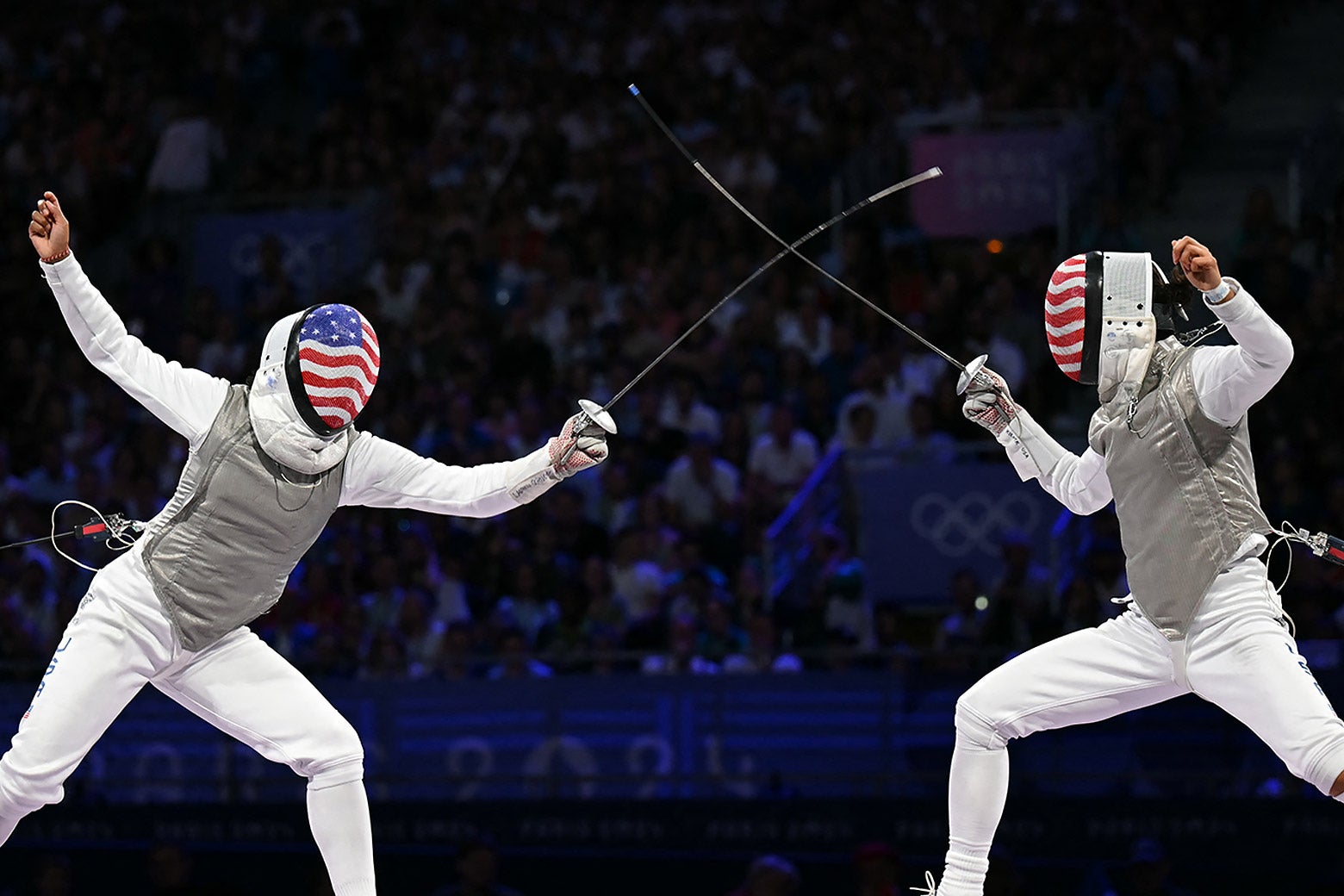
Olympic fencing is one of the most elegant and historic sports in the Games, combining speed, strategy, and precision. It has been part of the modern Olympics since the very first Games in 1896, and it remains a symbol of tradition and honor. Fencing originated in Europe as a form of swordsmanship training and evolved into a competitive sport with specific rules and techniques. Today, it is practiced around the world and continues to captivate audiences with its fast-paced and intense duels.
There are three types of fencing weapons used in the Olympics: foil, epee, and sabre. Each weapon has its own rules, target areas, and techniques. In foil, the target is the torso, and points are scored with the tip of the blade. Epee allows hits on the entire body, and the first fencer to land a touch scores a point. Sabre is the fastest of the three, with slashing motions allowed and the upper body as the target. These different styles make Olympic fencing diverse and exciting, with athletes often specializing in just one weapon.
Fencing is not just about physical skill—it also demands mental sharpness. Fencers must think quickly, anticipate their opponent's moves, and adapt strategies mid-bout. A single touch can decide the outcome, so timing, distance control, and deception are critical. The sport is often compared to a game of physical chess because of its strategic nature and the need for both offense and defense at all times.
Many countries have strong traditions in fencing, including Italy, France, Hungary, Russia, and the United States. These nations have produced legendary fencers who have won multiple Olympic medals. In recent years, the sport has become more global, with athletes from Asia, Africa, and the Americas gaining ground and competing at the highest levels. The international appeal of fencing continues to grow, helped by programs that promote youth participation and inclusivity.
In conclusion, Olympic fencing is a sport that blends history, grace, and athletic intensity. It challenges the body and the mind, offering spectators thrilling matches filled with suspense and skill. As one of the original Olympic sports, fencing honors the past while continuing to evolve and inspire new generations of athletes around the world.


